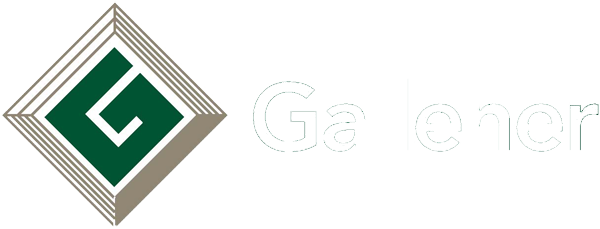LEED 2009
LEED 2009 Commercial Rating Systems: LEED-NC (new construction) & LEED-CI (commercial interiors)
Materials & Resources credit 4 (MRc4) — Recycled Content Building Materials
To achieve a point under MR 4.1, the LEED project must use materials with recycled content such that the sum of post-consumer recycled content plus one-half of the pre-consumer content constitutes at least 10% (based on cost) of the total value of materials in the project. To achieve an additional point under MR 4.2, the sum of post-consumer recycled content plus one-half of the pre-consumer content must constitute at least 20% of total materials costs.
Thus, if project contractors purchase $10,000 worth of a wood flooring product with pre-consumer recycled content, and the total value of project materials is $1 million, then project managers can add ½ of the value of that product ($5000) to other recycled-content materials, and the total must equal or exceed $100,000 to gain a point under MR 4.1. To gain the two points offered by MR 4.2 in this example, the total value of recycled-content materials (with pre-consumer recycled-content materials counted at 50% value and post-consumer at full value) must be $200,000.
MRc6 — Rapidly Renewable Building Materials
To achieve a point under MR 6, the LEED project must use rapidly renewable building materials and products (made from plants that are typically harvested within a ten-year cycle or shorter) for 2.5% of the total value of all building materials and products used in the project, based on cost.
Thus, if project contractors purchase $25,000 worth of a flooring product made from rapidly-renewable materials, and the total value of project materials is $1 million, then project managers have achieved this credit.
MRc7 — Certified Wood
To achieve a point under MR 7, the LEED project must use a minimum of 50% of wood-based materials and products, which are certified in accordance with the Forest Stewardship Council®’s (FSC® (FSC C092805)) Principles and Criteria, for wood building components. These components include, but are not limited to, structural framing and general dimensional framing, flooring, sub-flooring, wood doors, and finishes.
Thus, if project contractors purchase $10,000 worth of a wood flooring product that is FSC® certified, and the total value of wood building components is $100,000, then project managers will need to source another $40,000 of FSC® certified wood products to achieve MR 7.
Indoor Environmental Quality credit 4.1 (IEQc4.1) — Low Emitting Materials: Adhesives and Sealants
To achieve a point under EQ 4.1, among other requirements, “All adhesives and sealants used on the interior of the building…shall comply with …the South Coast Air Quality Management District Rule # 1168” which sets the following VOC limits:
Wood Flooring Adhesives: 100 g/L
This credit only applies to adhesives that are used for installation, not to the adhesive system in used in manufacturing the engineered flooring. Beware of manufacturers who claim that their flooring products can help achieve this credit – they can’t.
IEQc4.2 — Low Emitting Materials: Paints and Coatings
To achieve a point under EQ 4.2, among other requirements, “Clear wood finishes, floor coatings, stains, sealers, and shellacs applied to interior elements [shall] not exceed the VOC content limits established in South Coast Air Quality Management District Rule # 1113” as follows:
Clear Wood Finishes: varnish 350 g/L, lacquer 550 g/L
Floor Coatings: 100 g/L
Sealers: waterproofing sealers 250 g/L
This credit only applies to stains, finishes and coatings that are wet-applied on the jobsite, not to prefinished flooring products. Beware of manufacturers of prefinished products who claim that their flooring can help achieve this credit – it can’t.
IEQc4.4 — Low Emitting Materials: Composite Wood and Agrifiber Products
To achieve a point under EQ 4.4, “Composite wood and agrifiber products used on the interior of the building (defined as inside of the weatherproofing system) shall contain no added urea-formaldehyde resins…” Under EQ 4.4, composite wood and agrifiber products are defined as particleboard, medium density fiberboard (MDF), plywood, wheatboard, strawboard, panel substrates and door cores. Engineered wood flooring is also considered a composite wood product.
